-
Industries & Applications
-
Products
-
Support
- Request a Demo
-
What's New
- Company
- Contact
- +1-774-399-0461
Furnace Silicon Carbide Crystal Growth
In the furnace, silicon carbide crystals can be grown in two ways using the PVT method. The first is the physical vapor transport process, and the second chemical deposition. The physical process involves the growth of a crystal seed by changing the silicon carbide powder to a gas. In this method, there must be an initial seed crystal for the gaseous SiC to grab onto and bond. The chemical process has the SiC start as a gas. In this method, the seed crystal grows on it’s own; the gas causes a chemical reaction directly on the seed crystal itself, expanding from the crystal outward.
Silicon carbide crystals can form many different structures based on furnace temperature. If the temperature isn’t controlled properly, the SiC crystals can't be used on the wafers they were designed for. As such, accurate temperature measurement is critical to a successfully made semiconductor wafer. Otherwise, thousands of dollars are lost in the time and energy spent to run the furnace.
The products below will help manufacturers keep to the correct temperature, preserving the necessary crystal growth formation. If these items interest you, our enthusiastictic sales team can help you narrow down which one best fits your project and budget. If you wish to get in contact, please click the "Discuss your Application" button on the side.

Featured Solutions
-
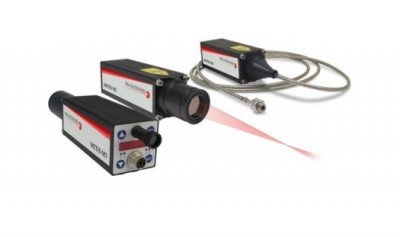
Metis M3 Pyrometer Series
The high-performance Process Sensors Metis M3 Series pyrometers are available in one-color and two-color versions with adjustable focus, through lens, laser, or video sighting optics. Temperature ranges from 50°C to 3300°C. Comes with an on-board temperature menu display. Fiber optics for high temperature ambient conditions are available. Ethernet output is also available.
-
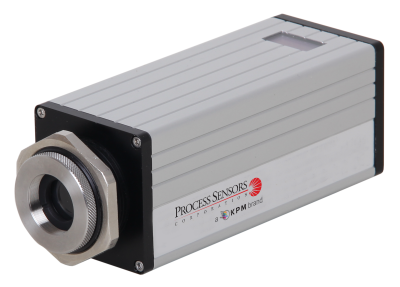
PSC-SR10N & PSC-GR10N Series
A pair of 2-color pyrometer lines with on-board temperature display and push button menu, ideal for industrial and research applications. They operate using three aiming methods (laser, through lens, or video camera sighting) with variable focus optics. The PSC-SR10N series has various temperature ranges from 500 to 3000°C, whereas the PSC-GR10N series has temperature ranges from 300 to 2300°C. The PSC-SR10N line is designed for higher temperature conditions, while the PSC-GR10N series excels in low temperatures. Includes a protective quartz window for optical lens.
-
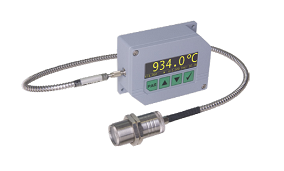
PSC-SRF11N
A 2-color fiber optic pyrometer ideal for industrial applications. Has various temperature ranges from 600 to 3000°C. All parameters are adjustable via push-buttons displayed directly on the device. The fiber optic cable and lens assembly can be used in ambient temperatures up to 250°C without cooling.
-
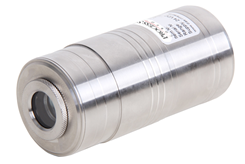
PSC-54 Series
The PSC-54 Series 1 and 2-color versions provide either laser or video output, delivering high resolution fixed focus optics with small spot sizes. Optical and electronics parts are enclosed in a rugged stainless steel housing and companion cooling jackets for use in harsh environments. Offers a wide range of temperatures spanning from 200 to 3200°C
-

PSC-55N Series
A self-contained, 1 and 2-color stainless steel sensor with 4 to 20 mA and RS485 Modbus RTU outputs. On-board temperature menu display with three aiming methods:laser, through lens, or video. Has high-resolution fixed or motorized adjustable focus optics. Temperature ranges from 200 to 3000°C. Reliable endurance for long-lasting, demanding operations in harsh conditions.
-
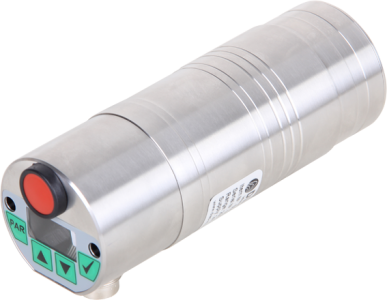
PSC-56 Series
Rich in features, the self-contained two-color model PSC-SR56N and one-color models PSC-G56N/PSC-S56N pyrometers offer a choice of four sighting methods. Has five temperature ranges spanning from 200 to 3200°C with on-board temperature display menu.